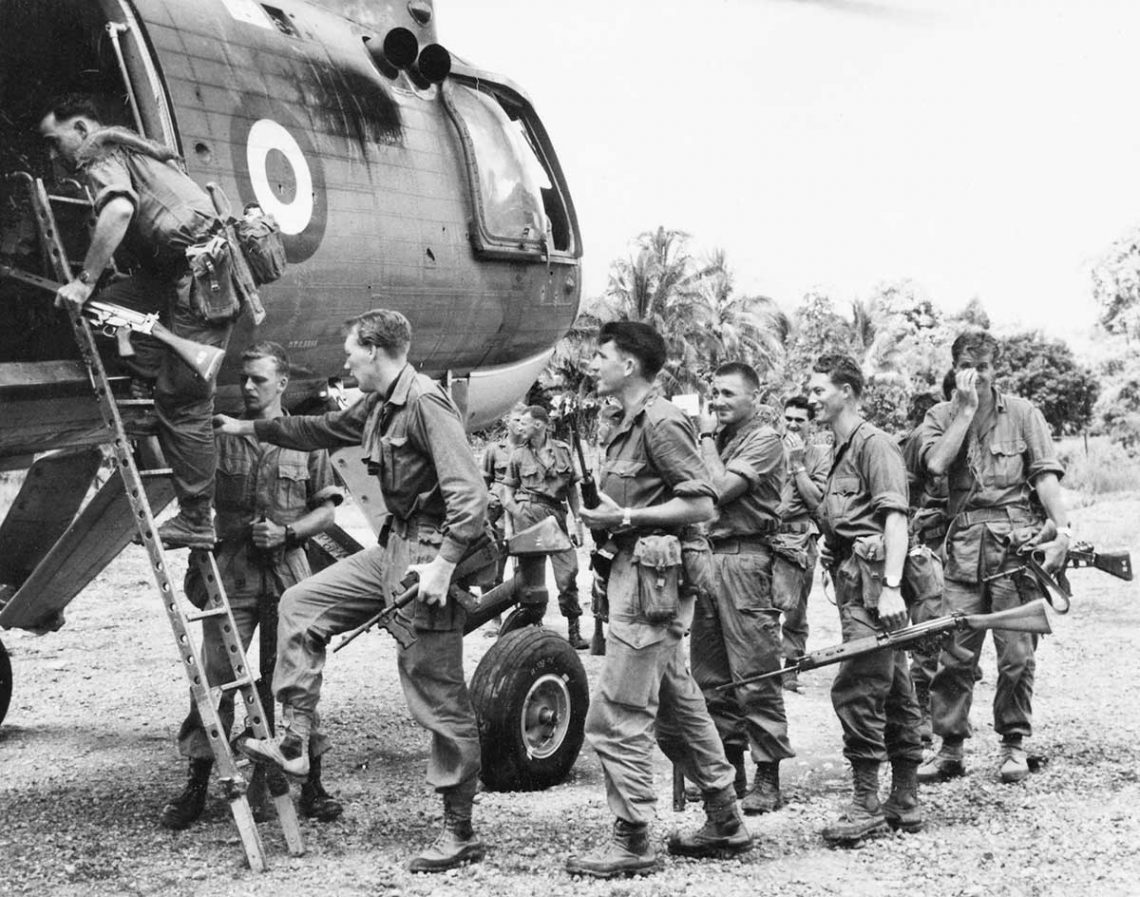Pattern 44 webbing was an attempt at creating a more lightweight (compared to Pattern 37) load bearing system for tropical climates. P44 items are made of a softer, lighter material than Pattern 37 webbing and aluminum buckles for additional weight savings. Pattern 44 gear was intended for use in the Far East after VE (Victory in Europe) day, but since the war ended soon after it was mostly used in tropical conflicts after WW2 such as Kenya (Mau Mau uprising), Malaya, and Borneo (source: http://josephs-militaria-and-homefront-collection.co.uk/PAGE49.HTML). It was widely used in Britain’s colonies and many places with a strong British influence, such as Iraq, used their own derivatives of the system. Small components such as canteen pouches remained in used even after Pattern 58 webbing was introduced. For further information: http://www.karkeeweb.com/1944main.html
Belt and Pouches:
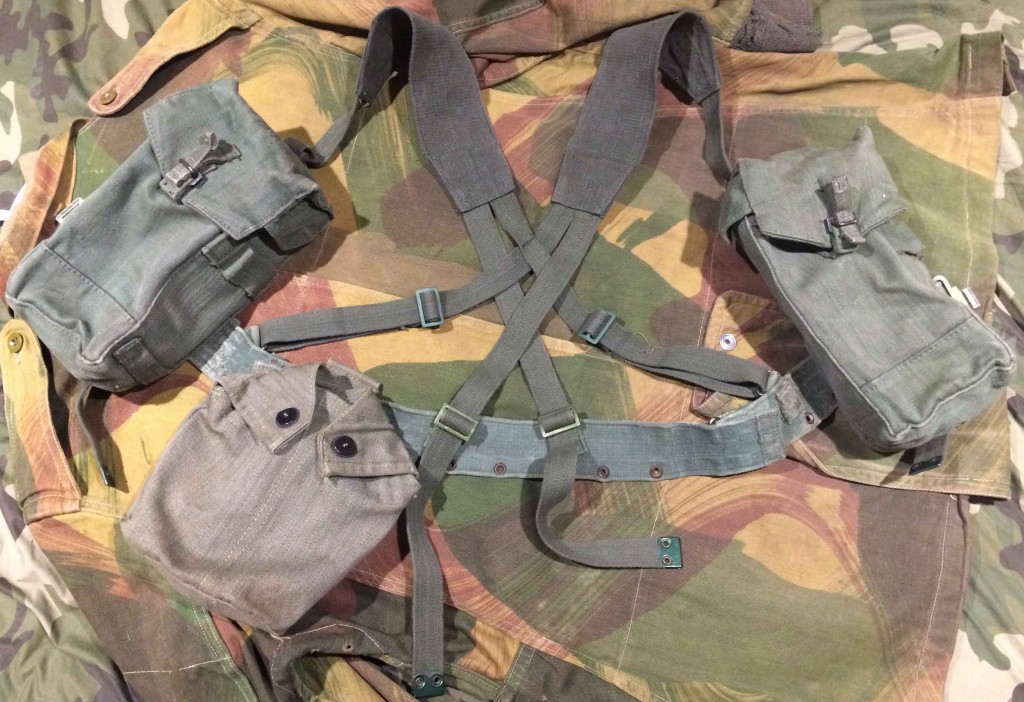
Pouch:


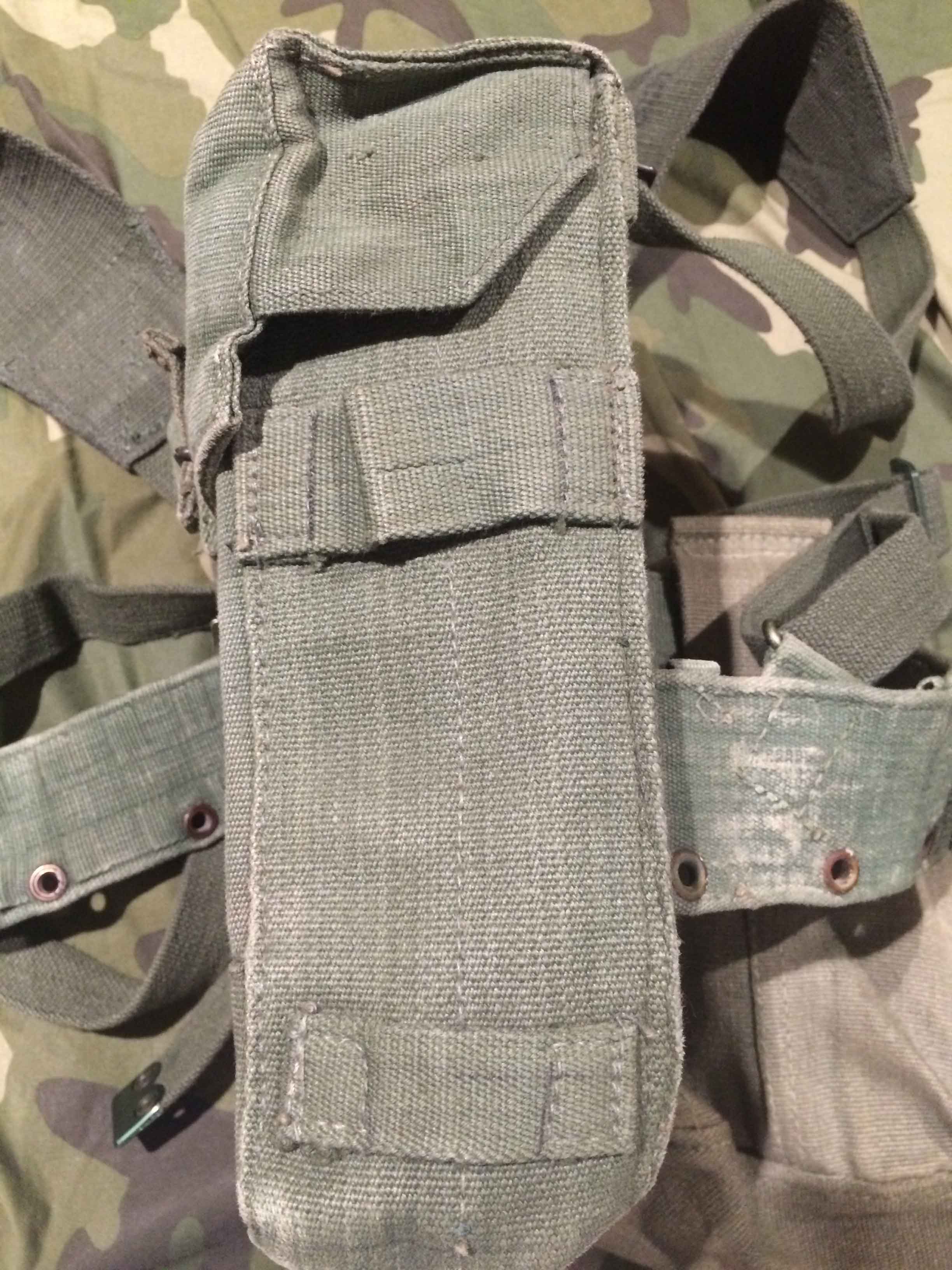
Suspenders:


Suspenders are later dated than other components.
Compass Pouch:
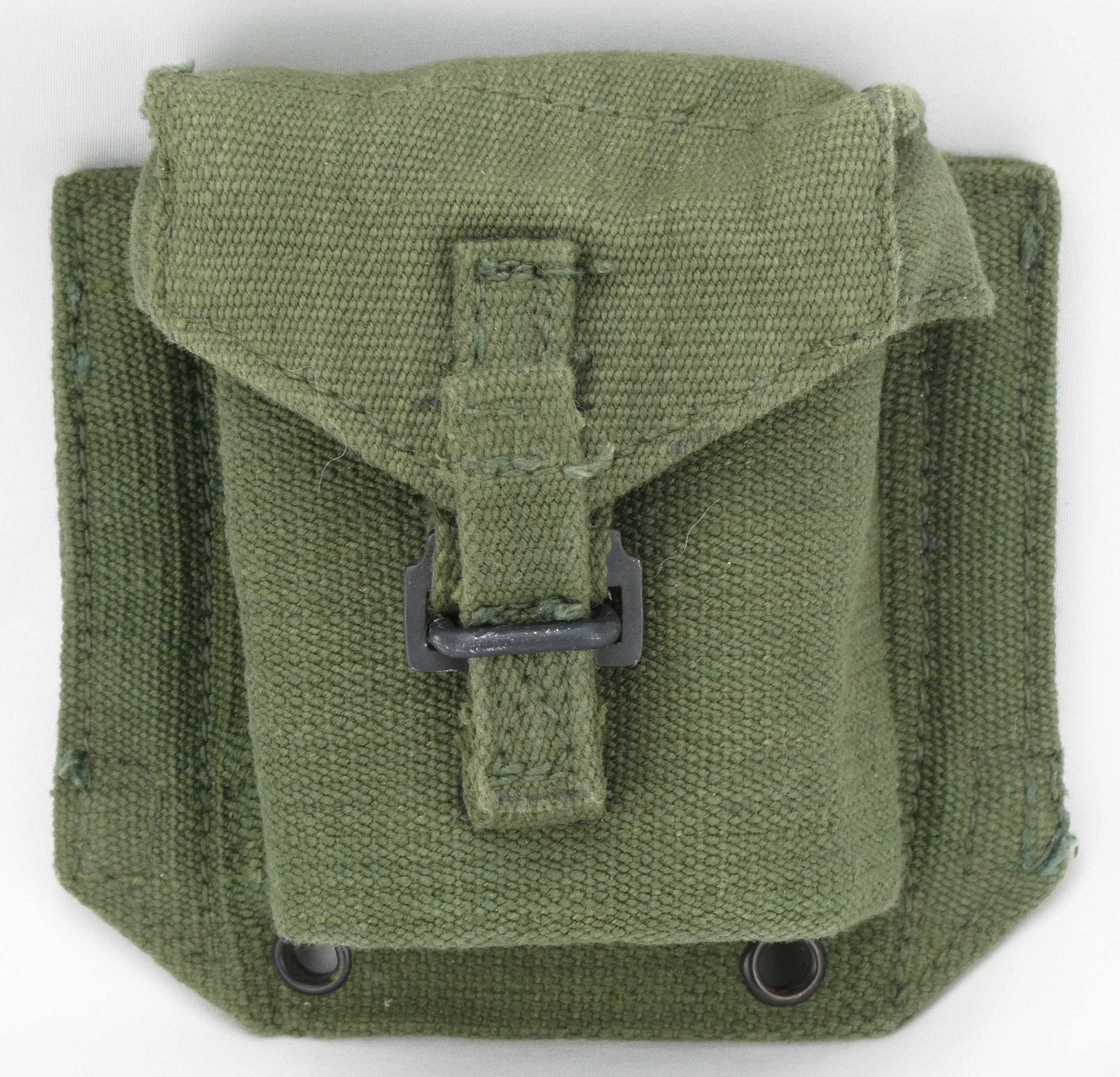
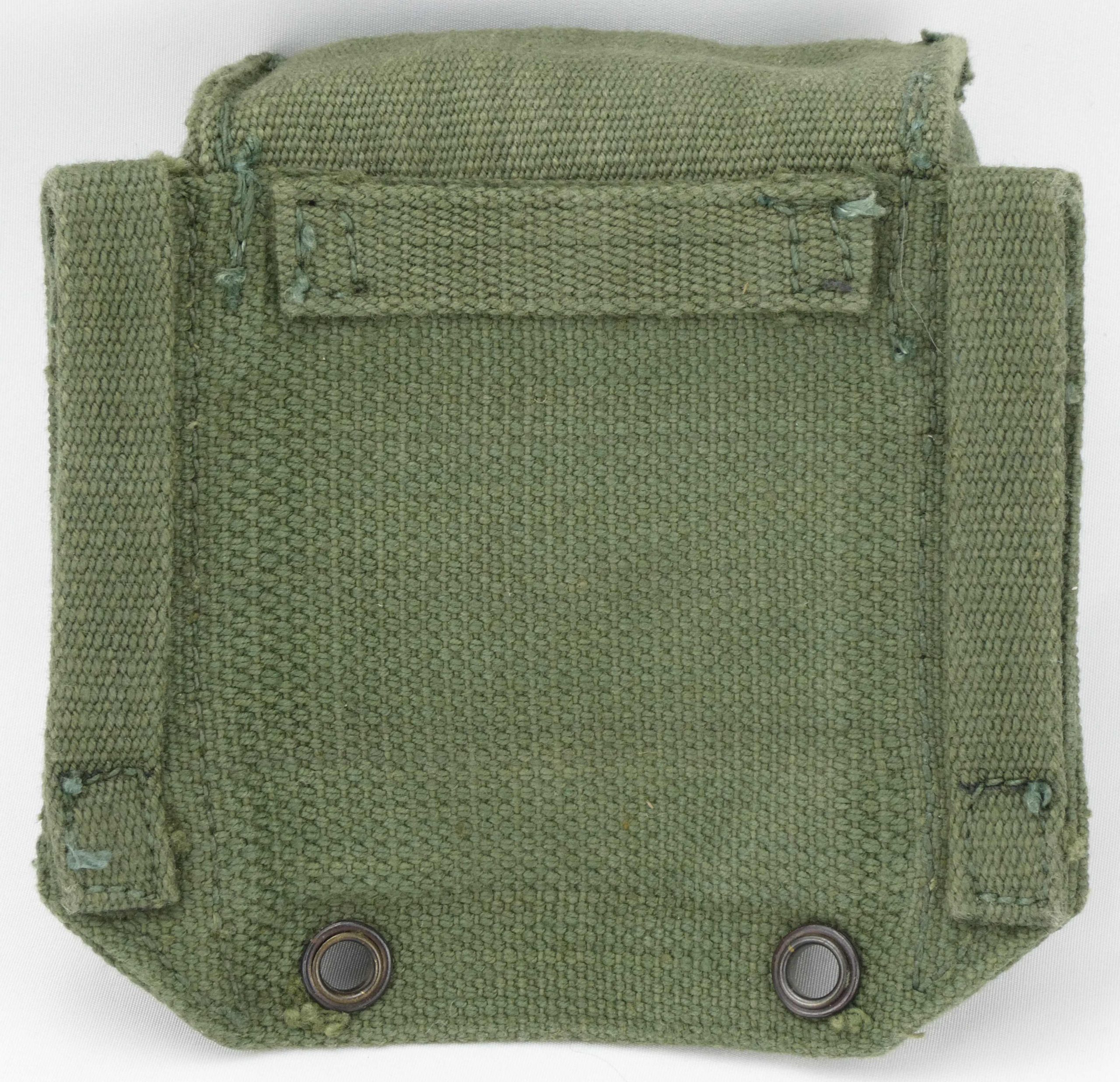
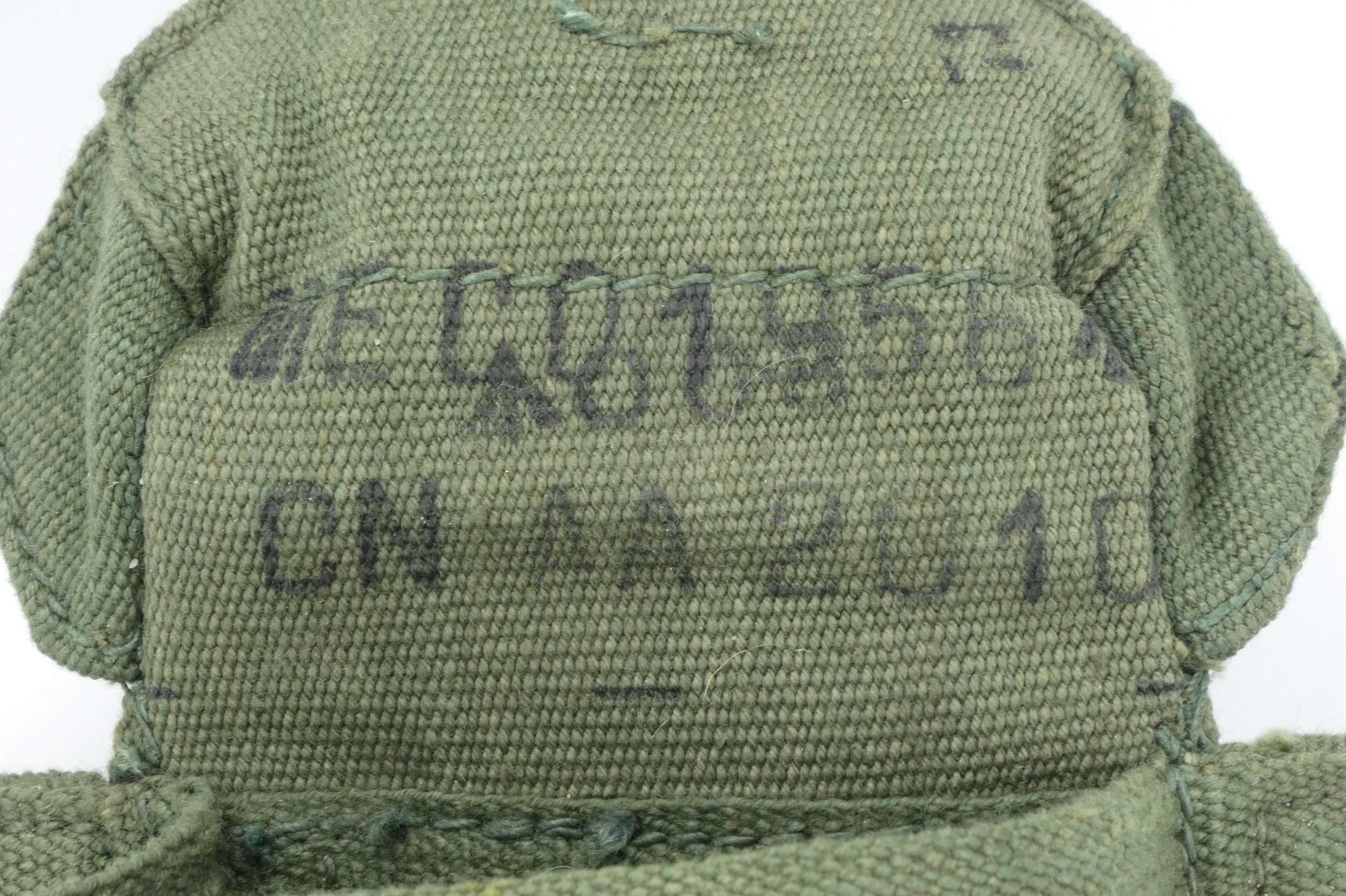
1956 date. Holes at bottom are for M1910 style hangars.
Haversack (Small Pack):
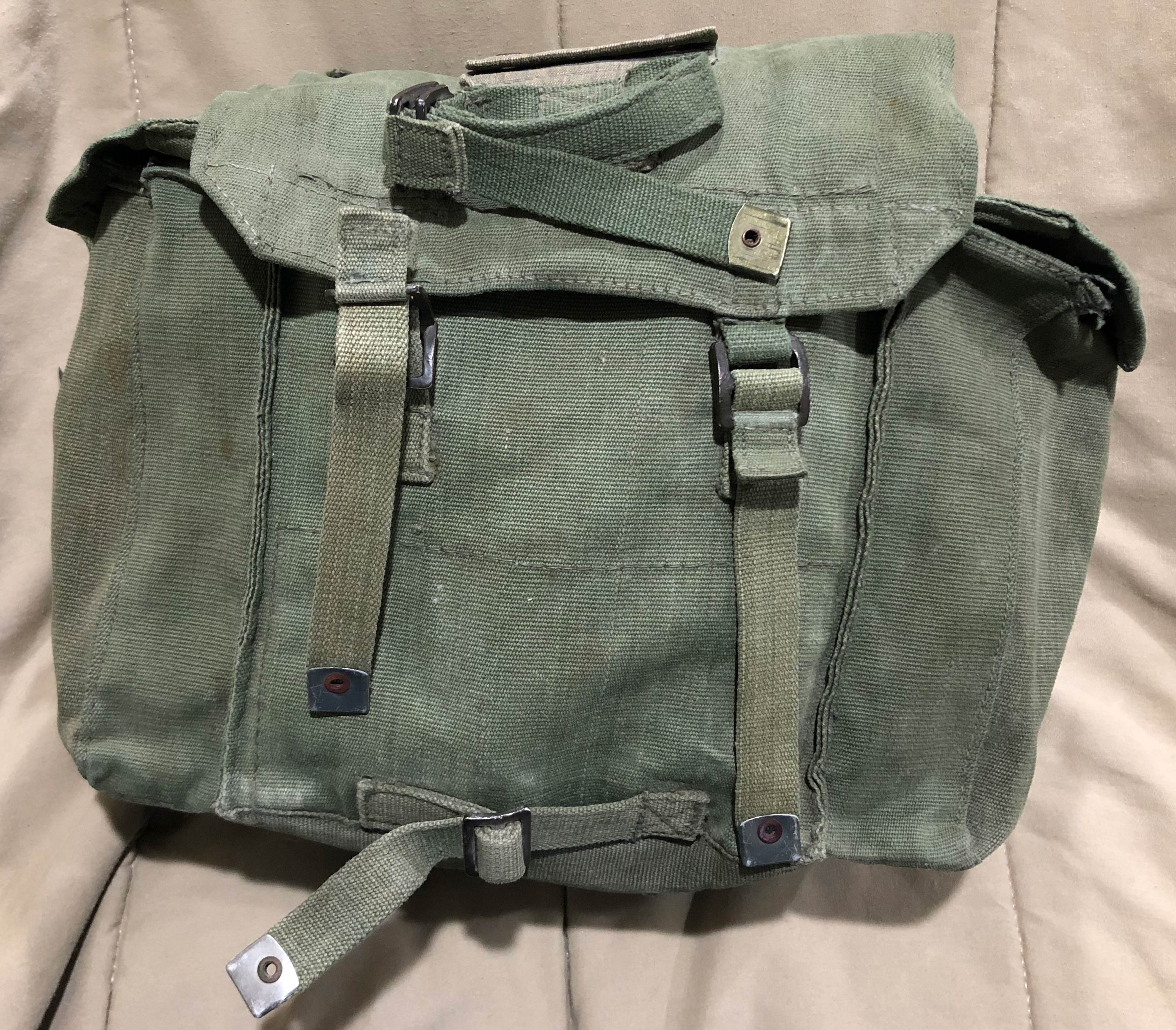
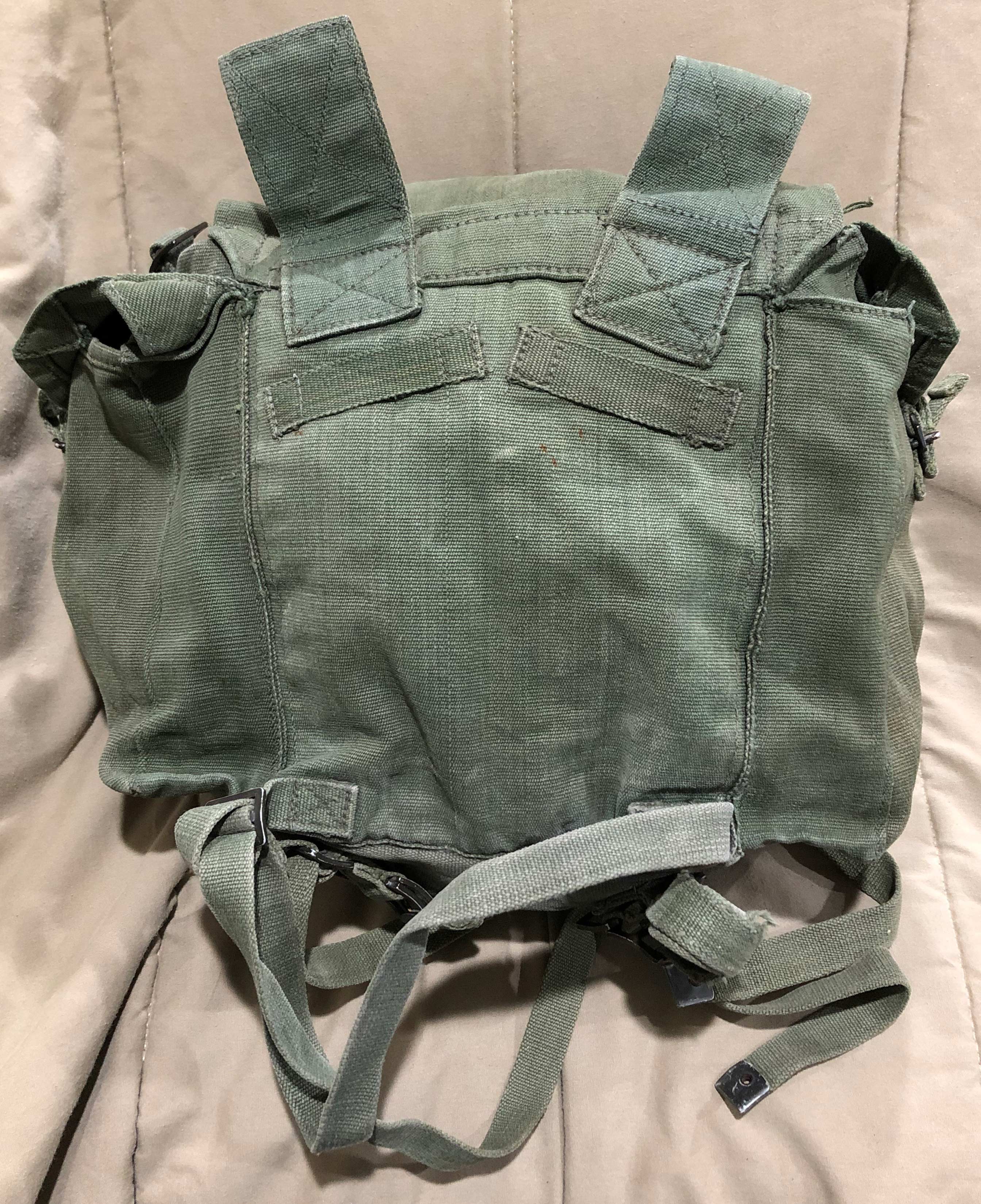
Inside:

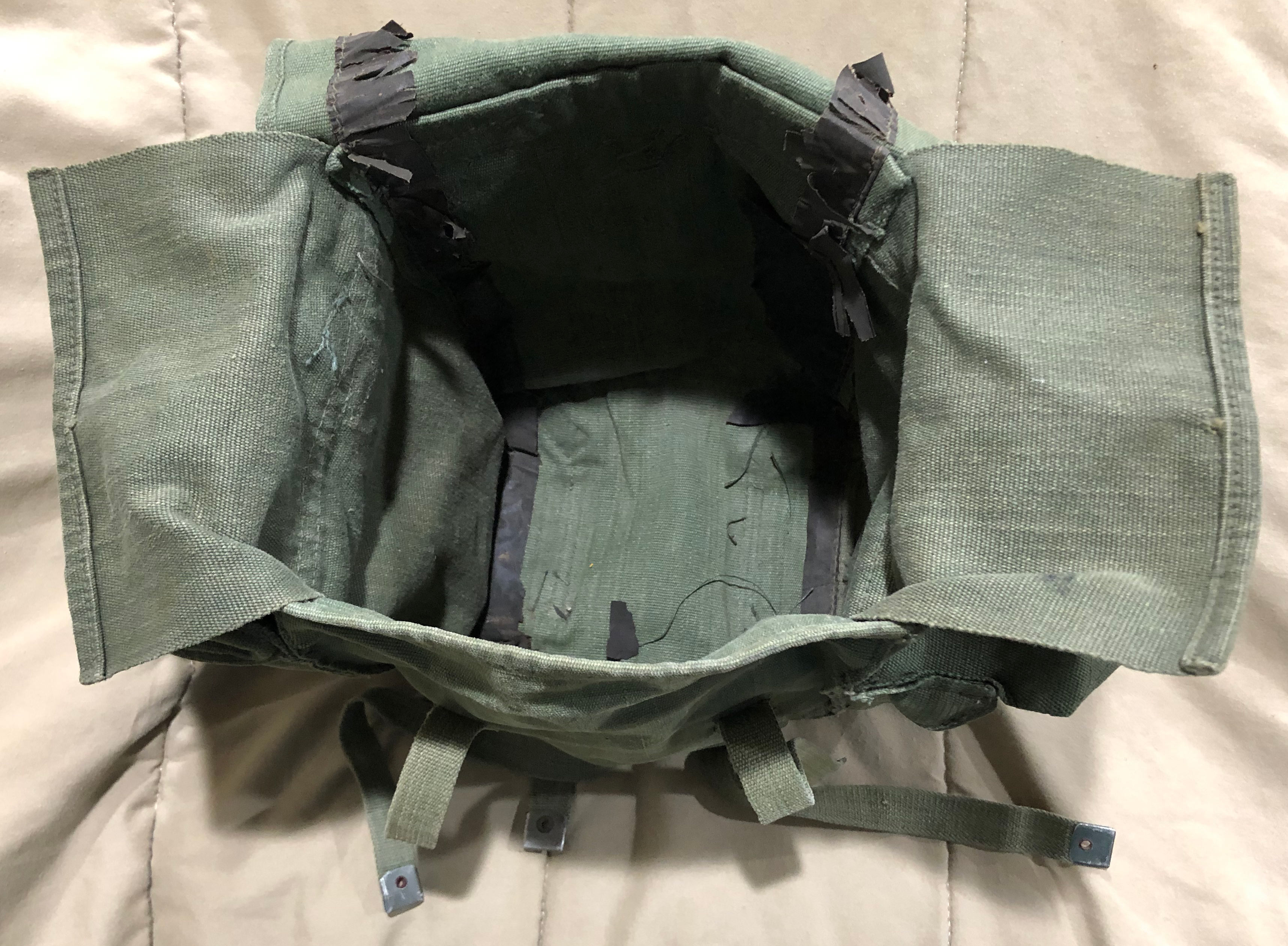
The small packs have a waterproof lining that was cut out in this example, maybe because it made the wearer sweat too much (source: http://www.karkeeweb.com/patterns/1944/1944_introduction.html)
Buckle Mechanism:

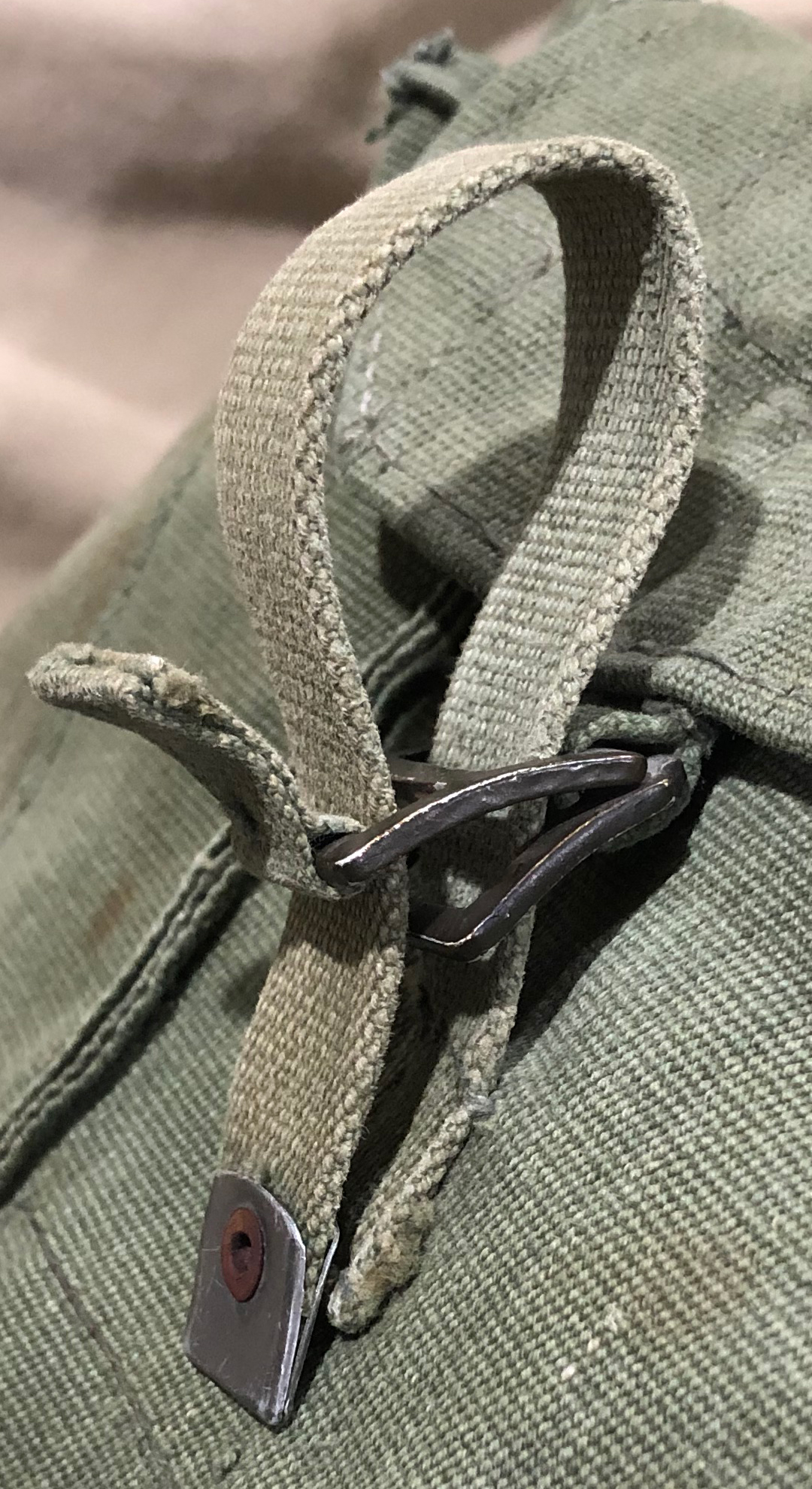
Buckle mechanism has webbing strap on upper buckle to make it easier to “loosen” upper when adjusting straps. Two buckles was probably done for enhanced grip strength.
Top:
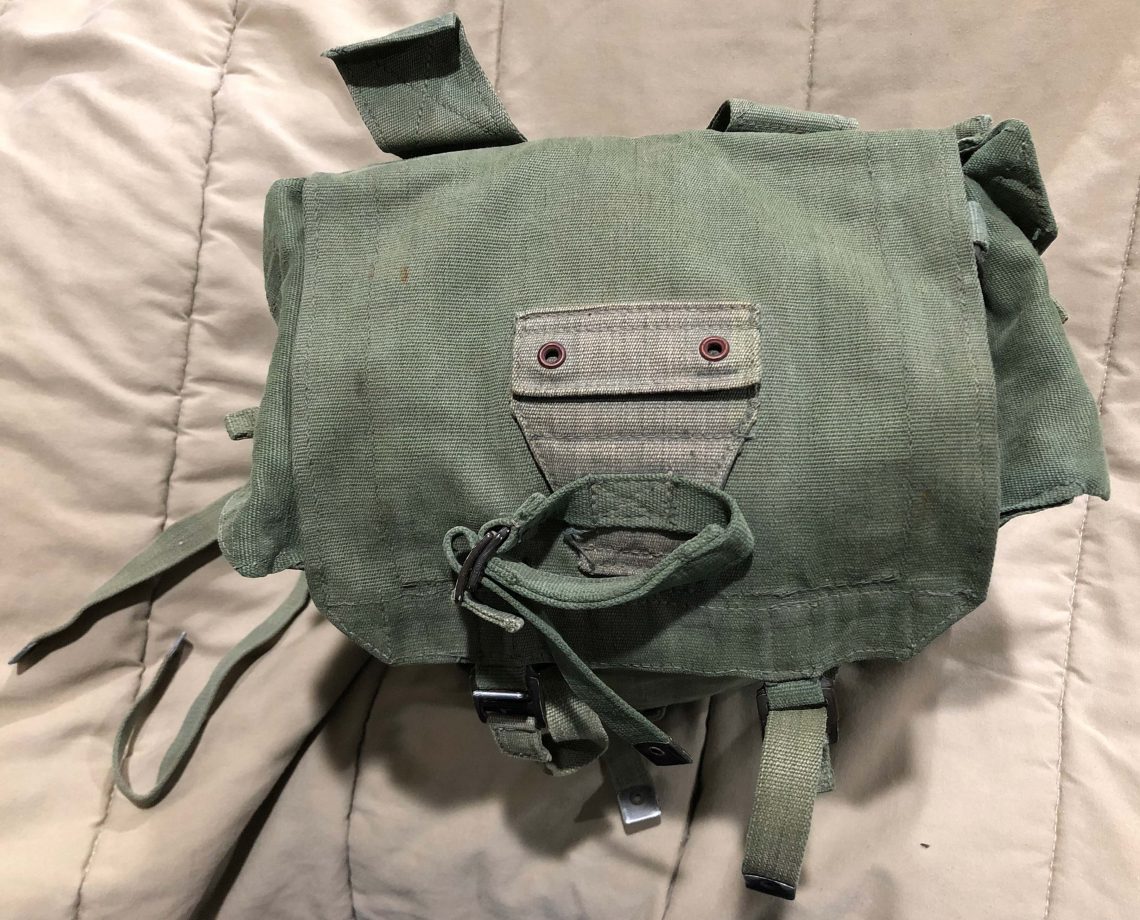
Side:
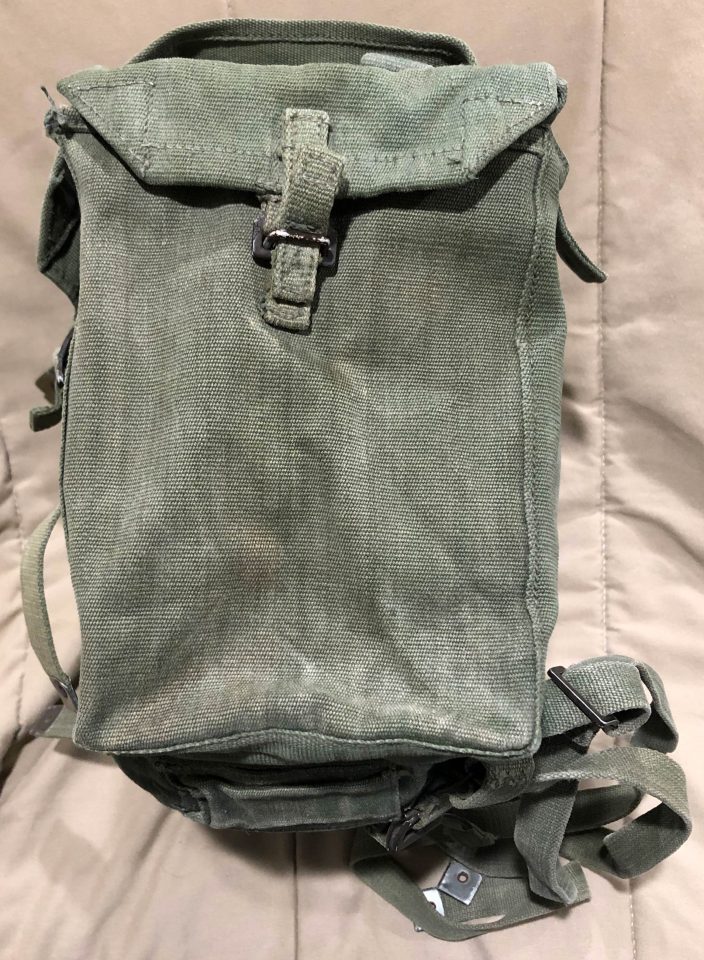
Large Pack (1966):


1966 production, with anodized aluminum buckles and hardware like suspenders above.
Twist Fastener on Side Pouches:

Stamp:
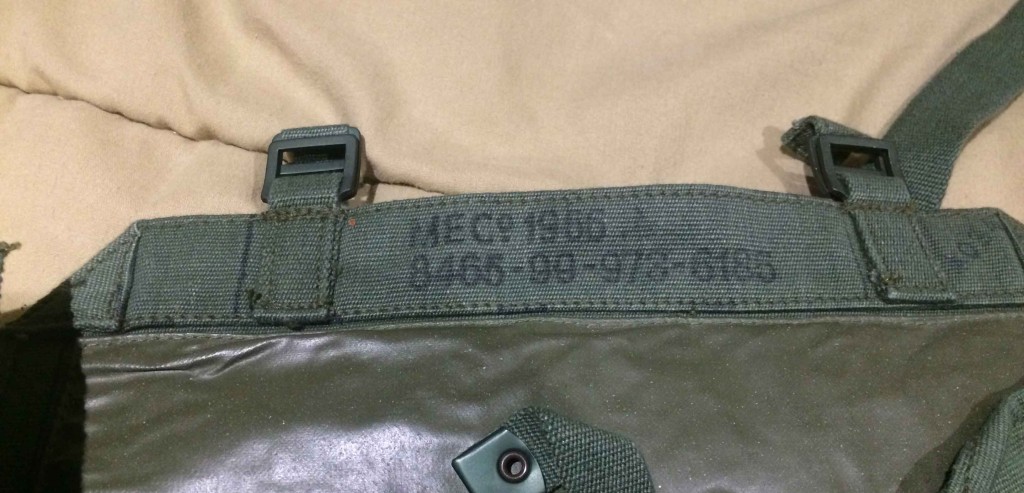
1966 Date with NSN number.
Canteen Cover:
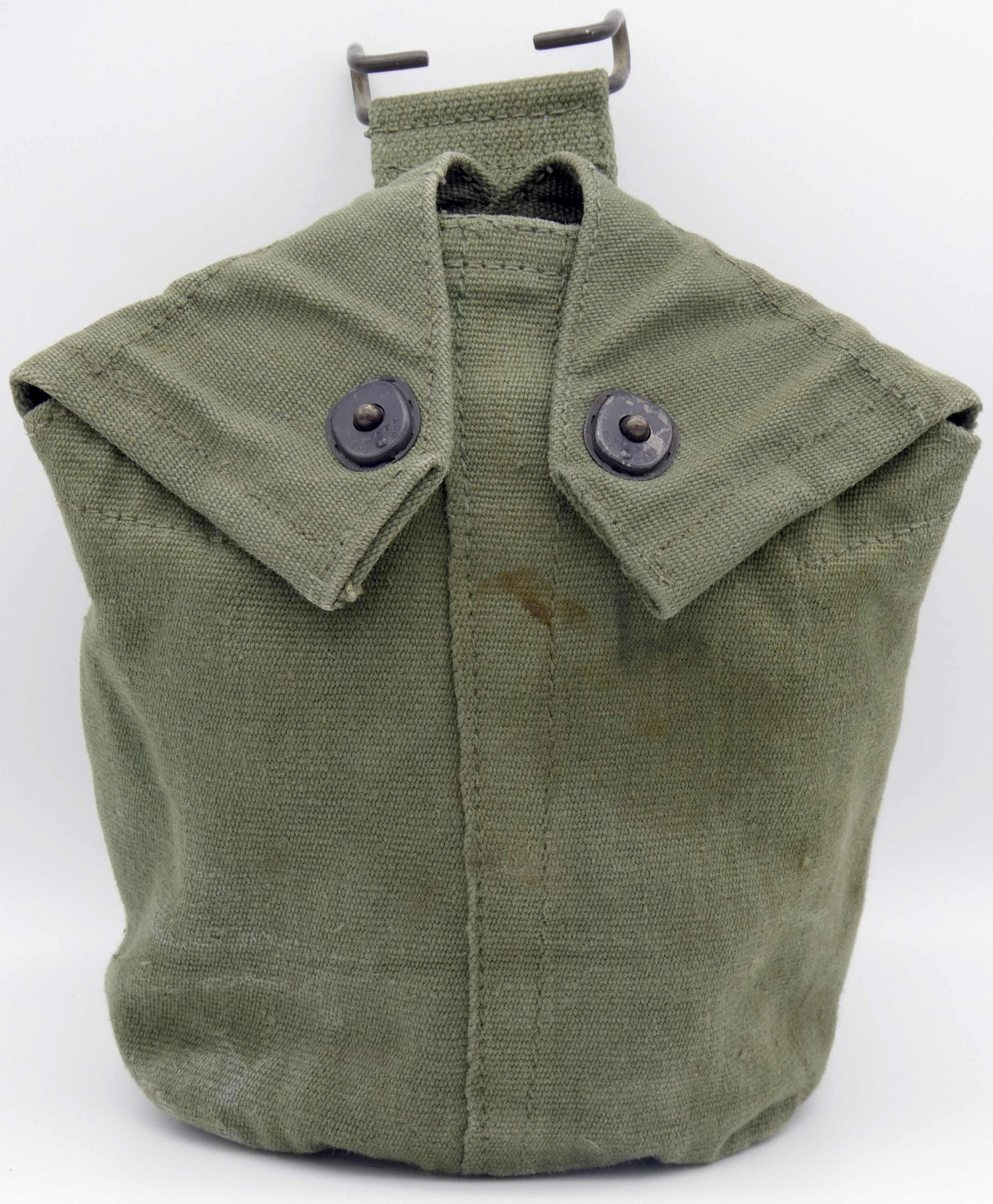

Canteen cover has M1910 hooks so it can be hung from the belt or worn on the belt using the pass-through loop below.
Sides:
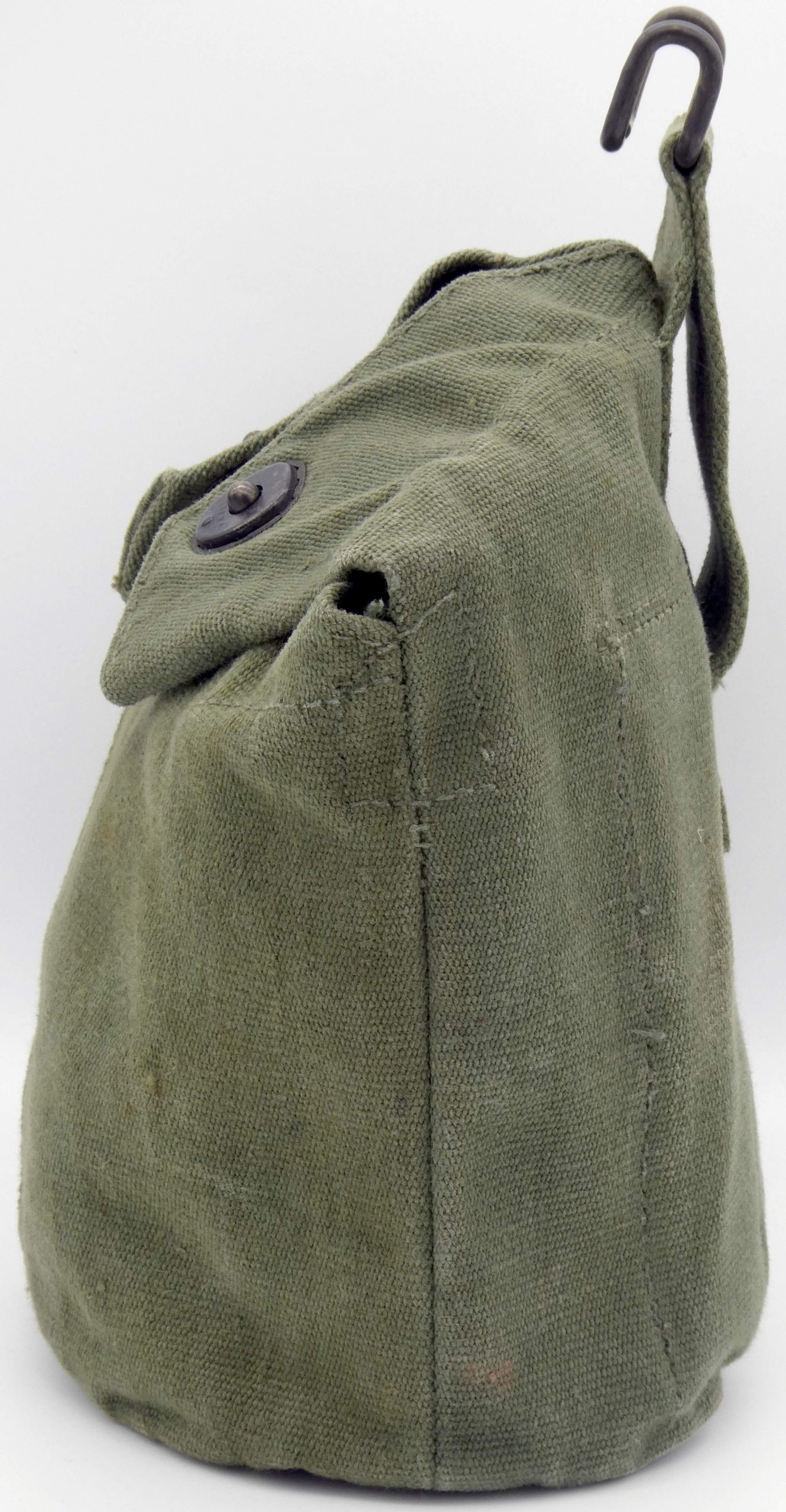
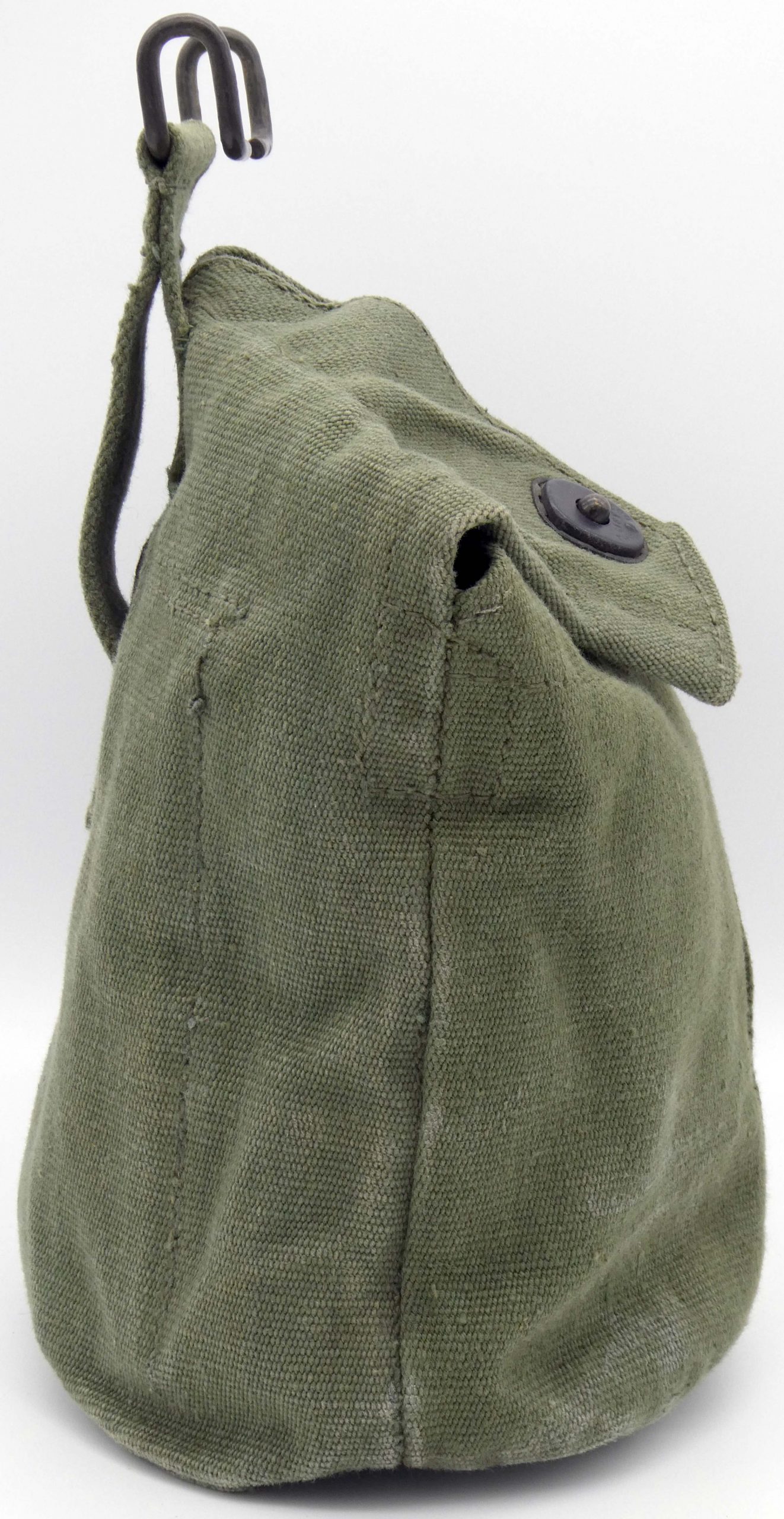
Top:
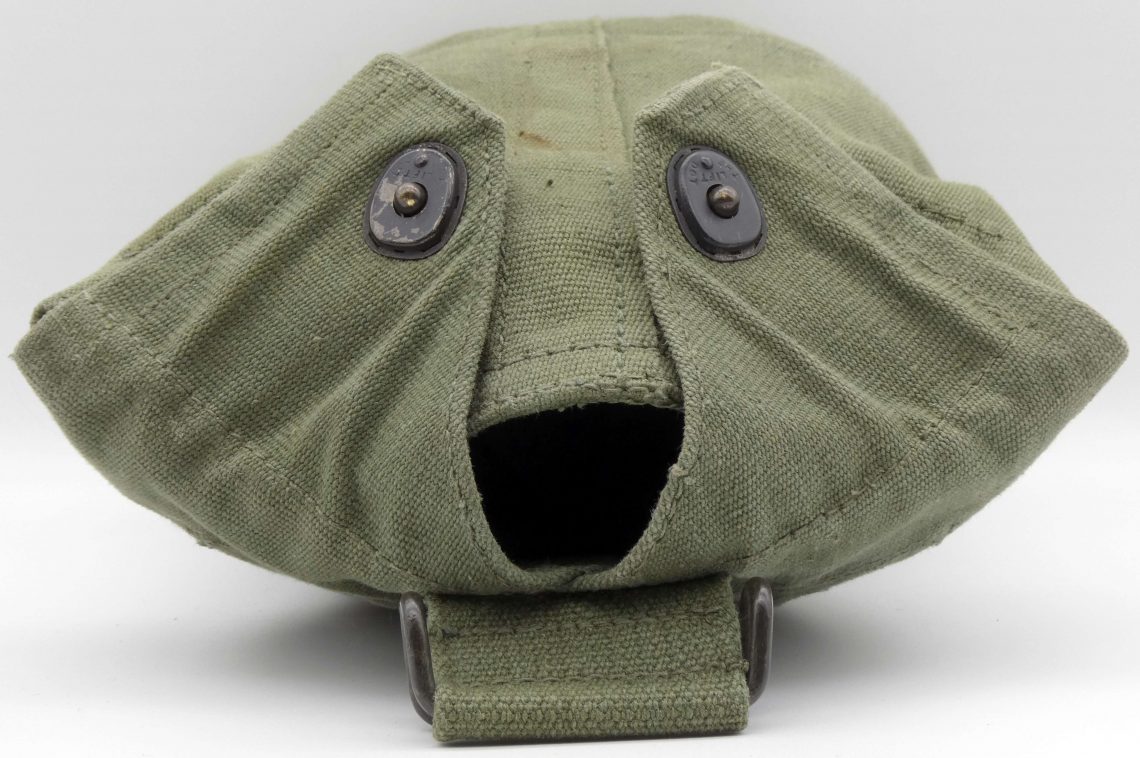
Bottom:

Stamp:

1945 date.
Inside:
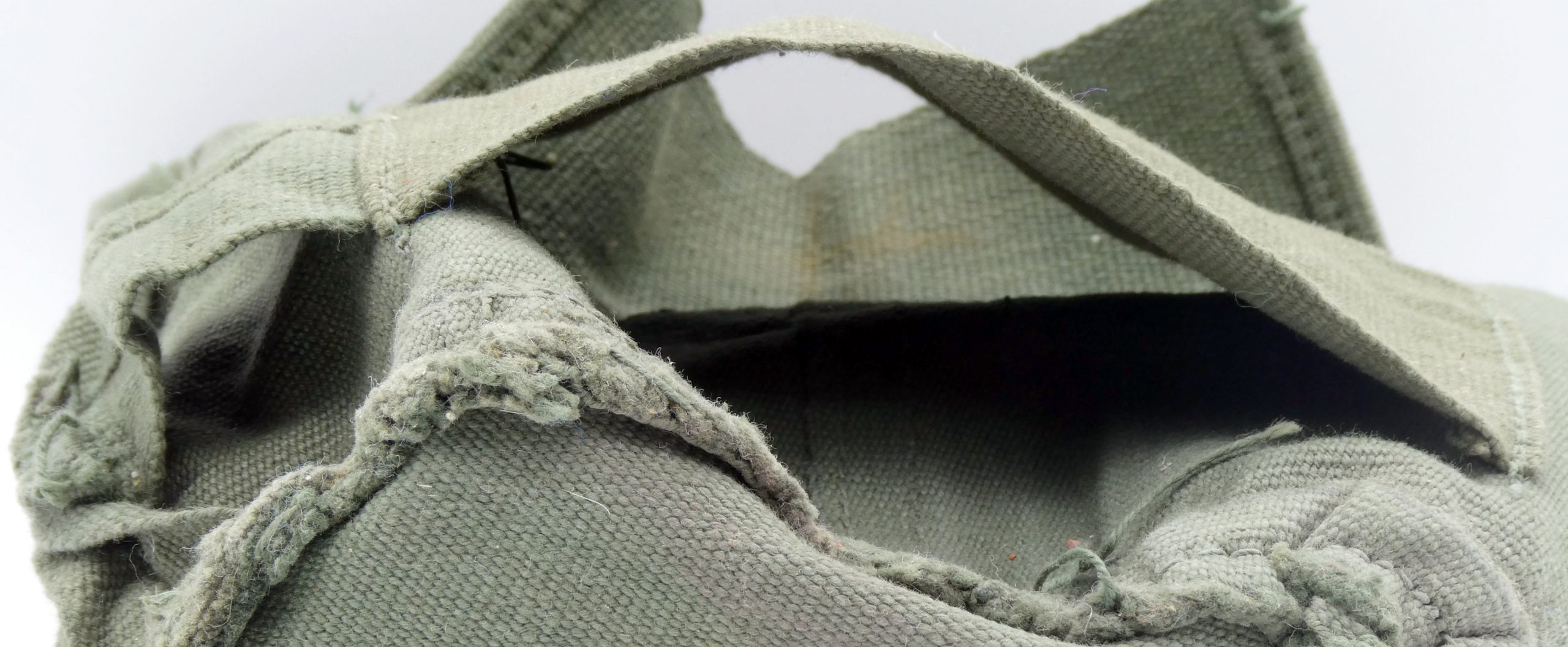
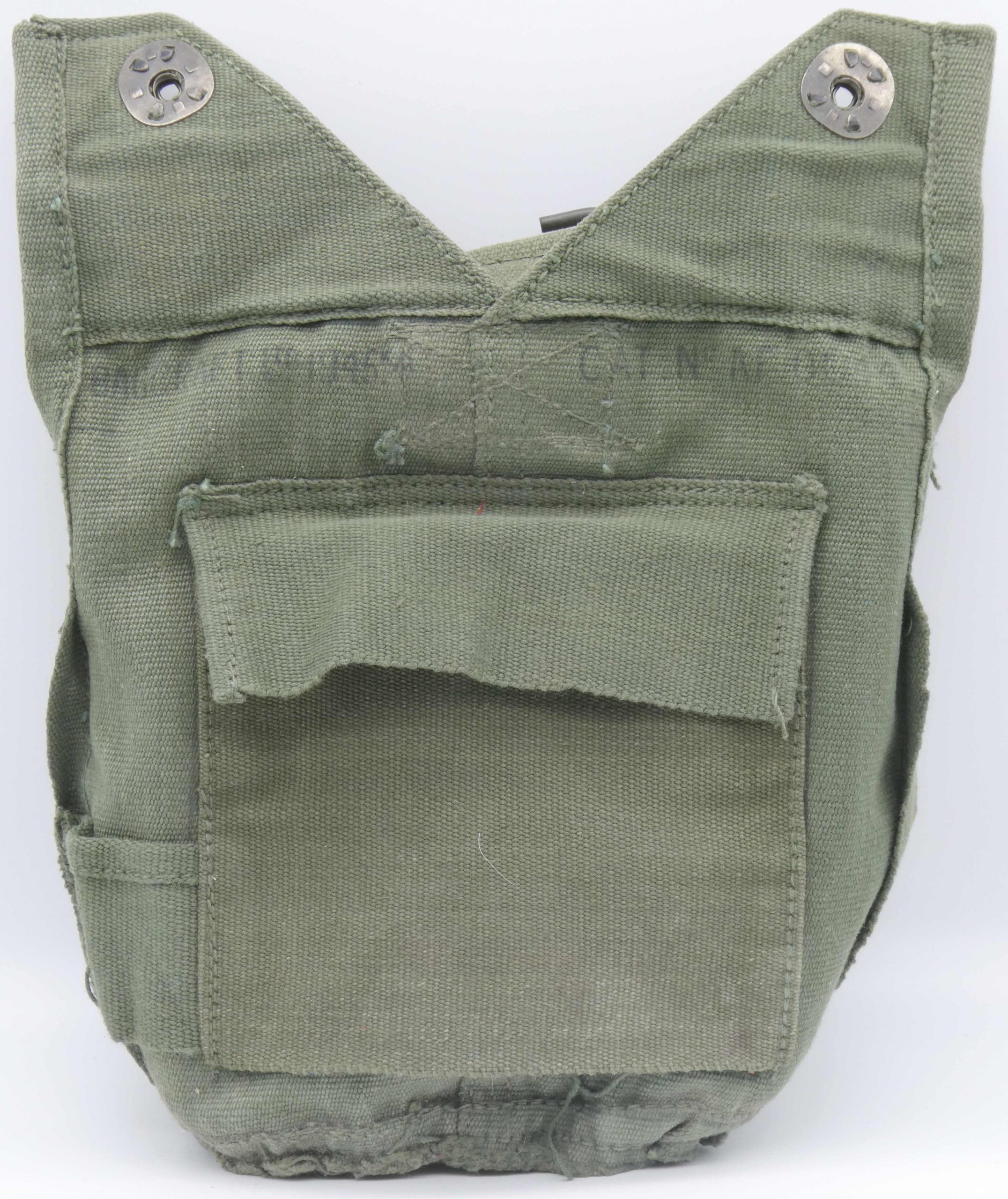


Inside of canteen has several “pockets” made from looped webbing that are open at the bottom. Largest one has a flap oat the top.
Snap:
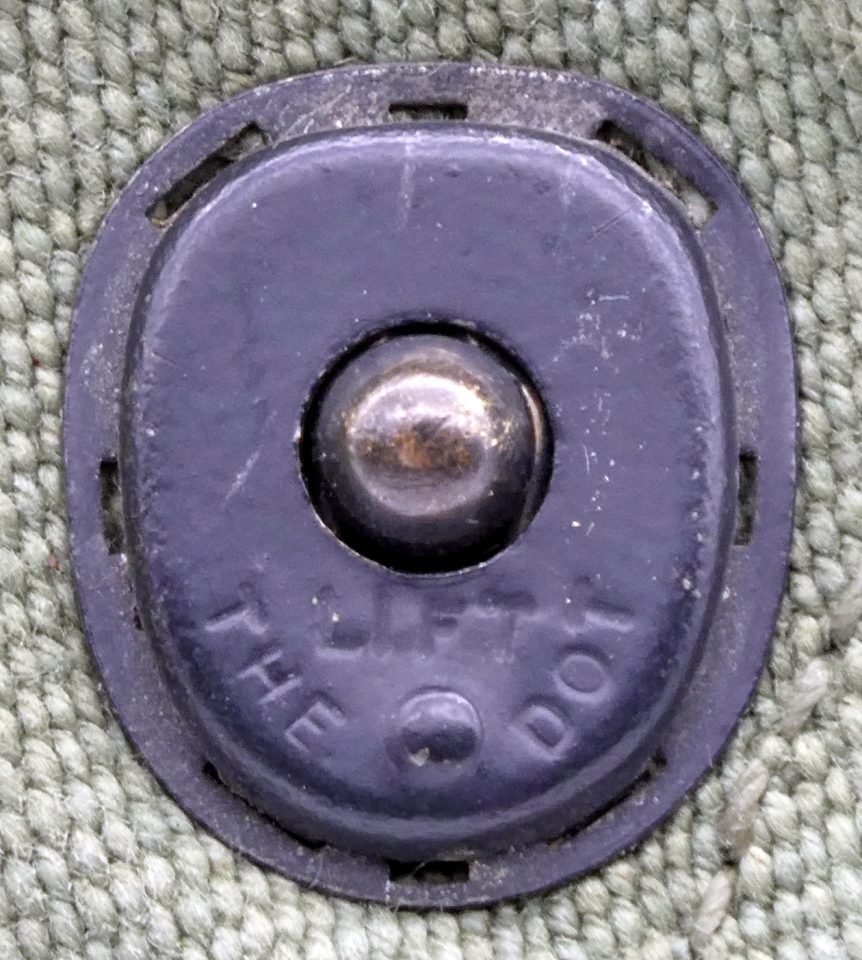
Lift the dot fasteners like US canteen covers.
Usage Photos:
Pattern 44 webbing was commonly used by Commonwealth-associated countries during the decolonization wars.
Great Britain:
There is a picture of a British SAS escape and evasion belt from the mid-1970’s in the Osprey Men at Arms The Special Air Service (#116) on page 29 that has 2 P44 canteen covers on it.
Rhodesia:
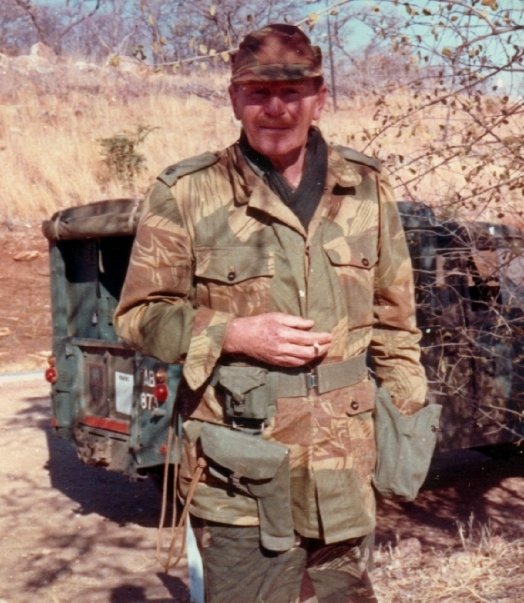
Australian Soldiers in Indonesian Confrontation:
